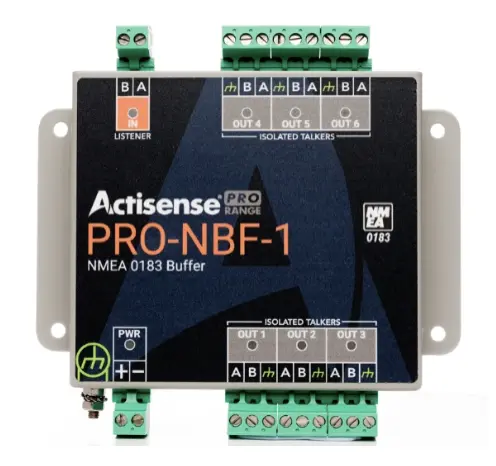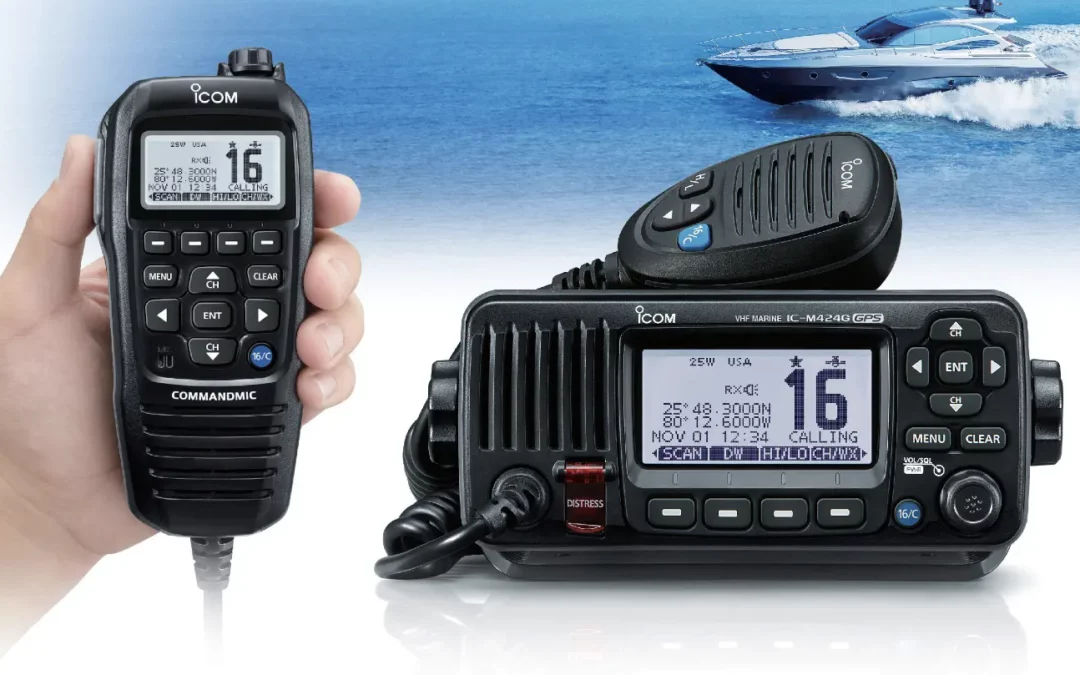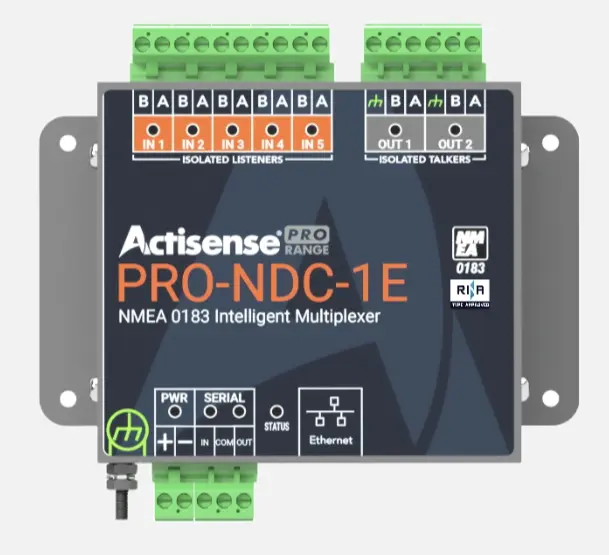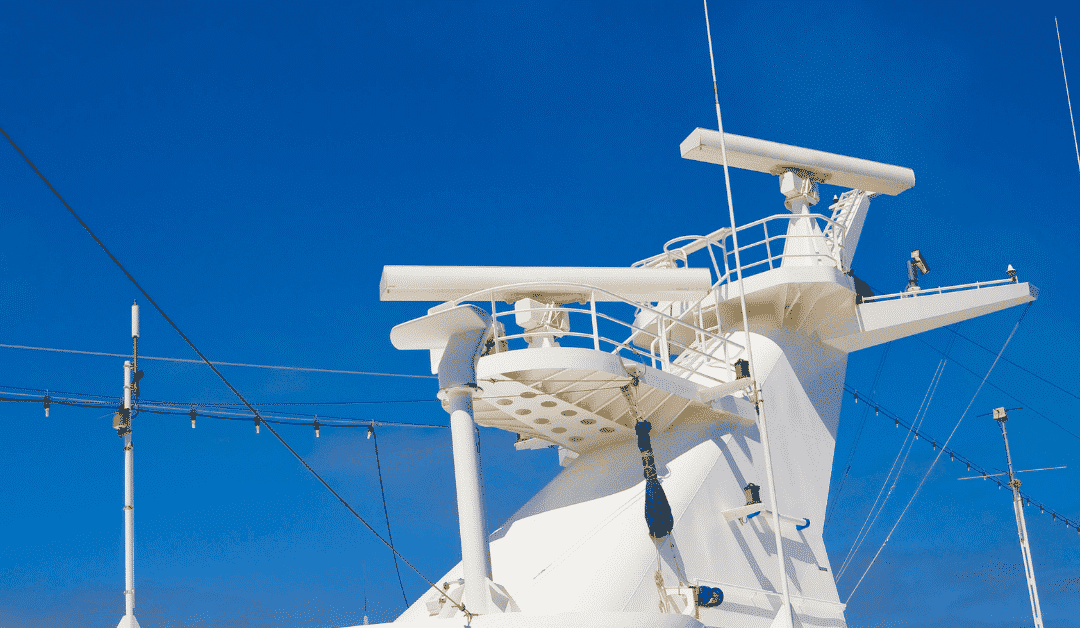Key Features to Look for in a Marine Chartplotter for Commercial Vessels
In the intricate dance of commercial maritime operations, precision and accuracy are non-negotiable. Marine chartplotters have become the unsung heroes, providing captains and navigators with invaluable tools for efficient and safe navigation. In this blog post, we’ll explore the importance of marine chartplotters and delve into the key features that commercial vessel operators should consider when choosing the right one. From display specifications to integration capabilities, we’ll navigate through the essential elements that make a chartplotter a vital companion on the open seas.
Importance of Marine Chartplotters
Marine chartplotters are central to modern navigation, offering a digital representation of nautical charts and real-time vessel information. These devices contribute significantly to route planning, collision avoidance, and overall situational awareness. Their integration with Global Positioning System (GPS) technology has revolutionized marine navigation, providing precise location data and enhancing the safety and efficiency of commercial vessels.
Display Size and Resolution
The visibility and clarity of information on a chartplotter’s display are paramount for effective navigation. When choosing a chartplotter for commercial vessels, consider the size and resolution of the display. A larger screen allows for better readability, especially in challenging weather conditions. High resolution ensures that charts, symbols, and data are displayed with clarity, providing navigators with accurate information at a glance.
GPS Accuracy and Tracking Features
The heart of any chartplotter lies in its GPS capabilities. Accurate and reliable GPS positioning is crucial for plotting precise routes and avoiding potential hazards. Look for chartplotters with high-quality GPS receivers and consider models that support multiple satellite constellations for enhanced accuracy. Tracking features, such as breadcrumb trails and waypoint management, further contribute to effective navigation and route optimization.
Integration with Other Navigation Systems
In the interconnected world of marine navigation, the ability of a chartplotter to seamlessly integrate with other navigation systems is a key consideration. Look for chartplotters that support integration with radar systems, Automatic Identification System (AIS), and Electronic Chart Display and Information Systems (ECDIS). This integration ensures a comprehensive and unified navigational experience, allowing operators to make informed decisions based on a consolidated view of relevant data.
Weather and Traffic Information Integration
Commercial vessels operate in dynamic environments where real-time weather and traffic information is invaluable. Choose a chartplotter that can integrate weather updates and traffic data. Having access to current weather conditions and traffic patterns allows captains to make informed decisions, adjust routes, and ensure the safety of both the vessel and its crew.
Durability and Water Resistance
Marine environments can be harsh, exposing electronic equipment to challenging conditions such as salt spray and moisture. Select a chartplotter with a robust and durable design, built to withstand the rigors of maritime use. Look for devices with high water resistance ratings to ensure functionality even in wet and demanding conditions. Durability is a crucial factor in ensuring the longevity and reliability of the chartplotter in the demanding marine setting.
Conclusion: Choosing the Right Chartplotter for Safety
In the ever-evolving landscape of marine navigation, the right chartplotter can be a captain’s most trusted ally. To explore a comprehensive range of marine navigation equipment, including chartplotters, visit www.tecomart.co. When selecting a chartplotter for commercial vessels, prioritize features such as display size and resolution, GPS accuracy, integration capabilities, weather and traffic information integration, and durability. By choosing the right chartplotter, you’re not just investing in a device – you’re investing in the safety and efficiency of your commercial vessel operations. So, navigate wisely, and may your voyages be as smooth as the technology guiding your way.








0 Comments